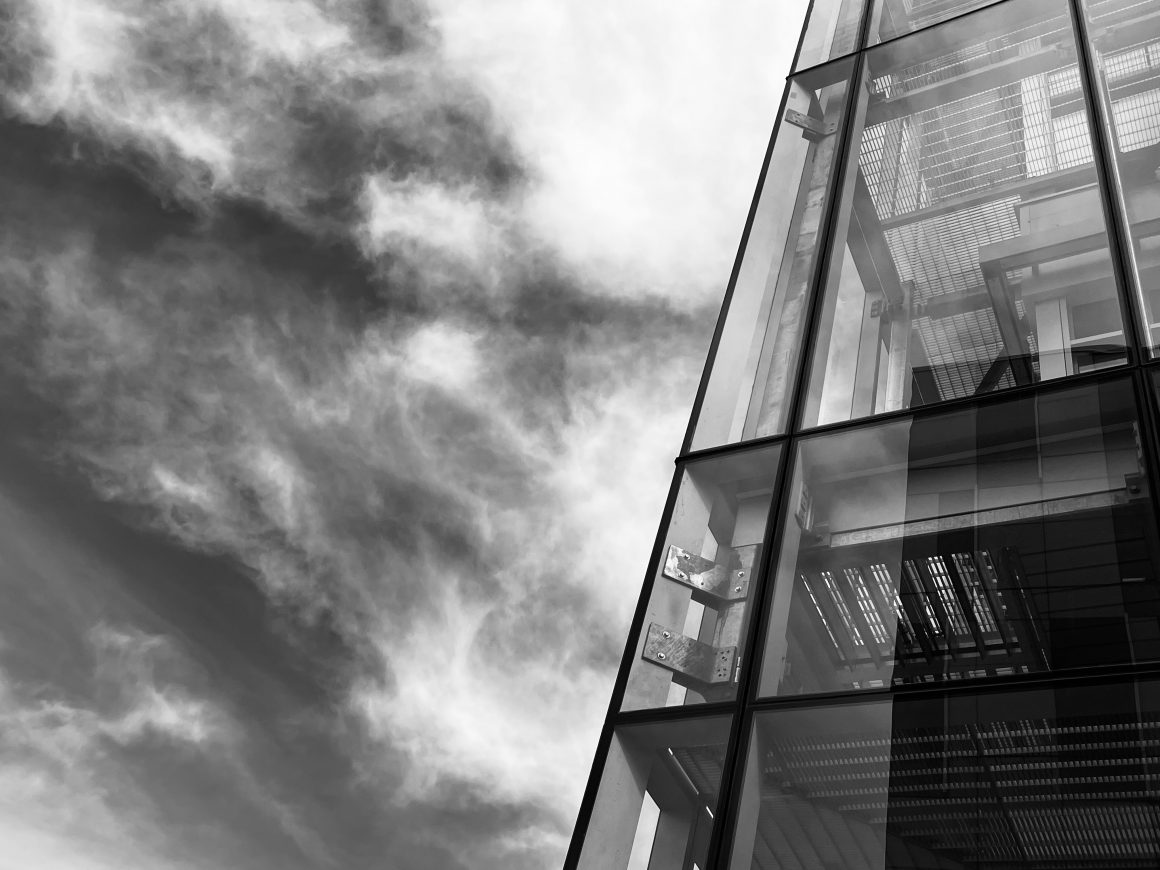
SLC holds first consultation meeting with Tuition and Fees consultation committee regarding 2023-24 tuition hikes
By Devinya Nakandala, October 10 2023
A Student Legislative Council (SLC) meeting took place on Sept. 26. It was focused on the first consultation meeting between the Tuition and Fees consultation committee and the SLC regarding the 2023-24 tuition hikes.
The Tuition & Fee Consultation Committee (TFCC) is focused on giving clarity about how tuition and fees are established and this was the first of their two meetings with the SLC.
The committee appeared at the SLC for the first of their two meetings together.
“This time we are here just to share information and to listen. We are not here to talk about anything beyond the team. But we are here to capture everyone’s comments and questions. However, if you have any clarifying questions or structural questions that we are able to answer within our individual portfolios, I will be happy to help answer those,” said Robin Yates, the deputy provost at the univeristy.
The tuition and fees are set by the Board of Governors at the University of Calgary and they plan on a two per cent increase in domestic tuition for thesis-based graduate tuition and domestic tuition. Additionally, they plan on a ten per cent increase in undergraduate and graduate tuition for international students for the 2023-24 year. They also set mandatory non-instructional fees (MNIFs) which are expected to increase by two per cent for all students.
“They’re things like student services fees, campus rec and athletics that all students contribute towards,” said Yates.
It was also mentioned that international tuition is not capped by the government and is set entirely by the Board of Governors. Although this is the case there is a stipulation which mentions that the guaranteed cost of tuition or the estimate of the maximum tuition amount has to be given to the student at the time of receiving an offer to their respective program.
“So if we are in a four-year program, an international student would have received the maximum tuition that would be anticipated for the four years of their program,” said Yates.
The committee noted that the Alberta grant — which constitutes 24 per cent of the university’s budget — being cut significantly acted as one of the main reasons for the tuition hike and rate increases. These increases are considered to meet budget and inflationary pressures while ensuring the continued delivery of quality education and services for students.
“The university is not a business. It does not make a profit. It balances its budgets,” said Yates. “So what money comes in is spent in that year. There’s a very small amount of carryover committed in certain areas, but essentially the university budget is zeroed out every single year.”
However, the president of the Students’ Union (SU), Shaziah Jinnah Morsette noted that the increase in tuition disproportionately penalizes international students who are the most financially vulnerable and the largest users of the SU’s Campus Food Bank. Students in Calgary are facing extreme affordability prices on top of major tuition fee increases and they also have to pay for the largest year-over-year rent increases in the country. Since Calgray’s vacancy rates are below one per cent and the lowest is around areas near the university even though students are able to afford the ever-increasing rental prices many simply have a hard time finding a place to sleep at night.
“Life has become unaffordable for students, period. Whether that be a difficult job market, high food prices, these tuition hikes, or skyrocketing rent,” said Salmassi.
Students have seen on average a 36 per cent increase in tuition since 2019 at the university. And according to the presentation given by the SU, University of Calgary students pay the highest MNIFs.
As per the SU’s annual survey responses from last year when specifically asked students to rate their level of agreement with the statement ‘I feel that The University of Calgary provides good overall value in exchange for the tuition and fees that I pay’, most students fell into the somewhat disagree or strongly disagree categories. 7.32 per cent of students strongly agreed with the statement.
“They should feel like they’re getting good value, and this goes beyond whether or not students can afford their tuition. Regardless of if they can afford their tuition or not, students and their families have made significant sacrifices to attend the University of Calgary,” said Morsette.
Students not receiving value for money for the athletics fee was another concern that was brought out during this discussion. In order to get their money back students would have to attend more than seven dinos games. When asked about their opinion about the mandatory athletics fee on the recent SU website during the general election only about 17 per cent of students regarded the fee positively.
Towards the end of the consultation, the SU had a few asks regarding tuition and fees. These being, a commitment to a reduced international student tuition increase, a demonstration of how revenue from international students is being reinvested to support international students, set goals to bring the university MNIFs in alignment with the national average and lastly, the freezing of all MNIF fees until there is increased transparency and increased quality of services.
“To understand exactly where student dollars are going, it’s necessary to have line-by-line reporting to demonstrate that fees are being distributed to the specific goods and services which they promise to provide,” said Salmassi.
For agendas, minutes and upcoming meetings visit the SU website.
